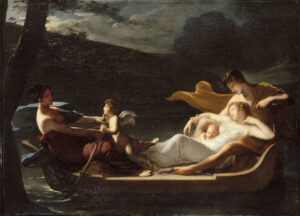If you think of the Louvre, you’ll have no difficulties identifying its most well-known icon: that is, the Mona Lisa. The world’s biggest museum celebrates the female body through an endless array of poses and techniques, depicting it in painting, sculpture, architecture, and decorative arts. The Venus de Milo, Liberty Leading the People, Artemis with a Doe, Ingres’ Odalisques all embody internationally famous emblems of a first-class collection. As unquestionable canons of ideal beauty, each of these works typifies the eternal feminine offered to the pleasure of the viewer’s gaze.
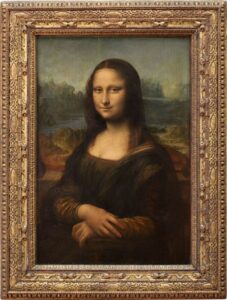
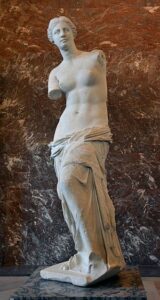
The Louvre features very few women artists…
“Do women have to be naked to enter the museum?” used to claim activist group Guerilla Girls in the late 80s on billboards featuring Ingres’ supine nude. Reports indicate that the Louvre includes a total of 460,000 exhibits. Women artists are responsible for only 663 of these exhibits. This means that large European and American museums devote from 5% to 10% of their collections to female creation. A rate that gives food for thought when one realises it equates that of the proportion of women artists admitted to the Salon – the official art exhibition of the Royal Academy in Paris – before the French Revolution.
…but they do exist
However, the Louvre does feature works by artists celebrated during their lifetime. Contemporaries labeled Anne Vallayer-Coster (1744 – 1818), Adélaïde Labille-Guiard (1749 – 1803), and Elisabeth Vigée-Lebrun (1755 – 1842) as “The Three Graces” due to their skills and their almost simultaneous admission to the Academy of the Arts. Elisabeth Vigée-Lebrun, the sole female painter of the Ancien Régime to have been the subject of a major retrospective in Paris recently, was among them.
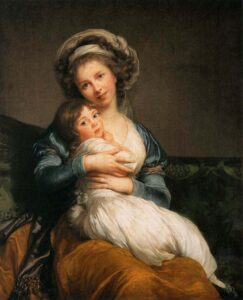
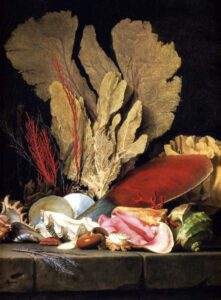
Because they were restricted to the production of pictorial genres deemed as less “noble” and barred access to certain institutions, women artists have been written off art history and heritage as we have conceived it since the 18th century. People thought that because of their “weaker” nature, women were incapable of creating or becoming geniuses. On moral grounds, respectable ladies were forbidden to attend life classes and draw from the nude, thus resorting to a more limited range of formats and techniques.
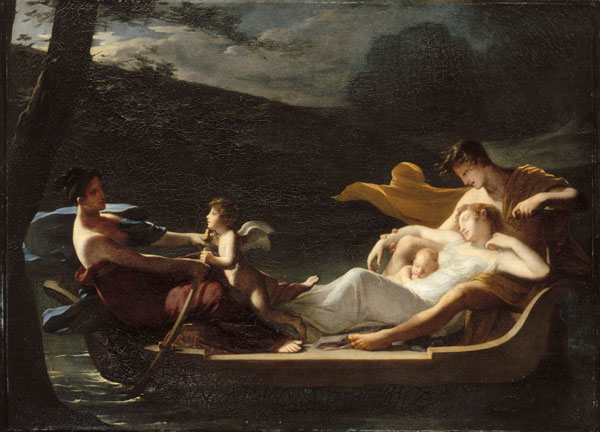
Born from Revolutionary models of equity and democratisation of culture, can the Louvre still maintain its motto of universalism? As an example for museums in Europe and abroad, this institution nevertheless established itself around gender difference. Only recently, through the influence of the #MeToo movement, has there been a surge of interest in women’s lost legacies. Gender studies entering the museum are thus valuable assets enabling us to shatter traditional art histories and create alternative narratives.
You can book a private tour of the Louvre museum with us by clicking here!

